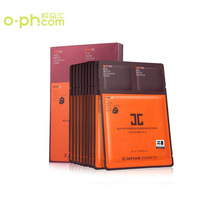Wikipedia

Nearly four decades after its first conception, the first TIL therapy, an immunotherapy that harvests cancer-fighting immune cells from the patient’s own body, received accelerated approval from the Food and Drug Administration for advanced melanoma. The therapy, called Amtagvi or lifileucel from Iovance, is the first cell therapy approved for a solid tumor.
“It’s so exciting and gratifying,” said Allison Betof Warner, a cell therapy researcher and physician at Stanford University who has worked on Amtagvi. “This is a game-changing moment for our field. We’ve seen huge success of cellular therapy for hematologic malignancies, and we’ve yet to capitalize on that for solid tumors. This is hopefully the first of many to come.”
advertisement
In a Phase 2 clinical trial, titled C-144-01, 153 patients who had already been on a median of three prior lines of therapy received lifileucel, and 31% of them responded to therapy. “These are in very late line patients. They’ve exhausted every standard care option,” Betof Warner said. “The most promising part of this therapy for me is that 42% of patients who responded were still responding for 18 months or longer. It’s truly incredible.”

Get unlimited access to award-winning journalism and exclusive events.
Subscribe Log InNext article: DIEP, the 'gold standard' of breast reconstruction, is under threat









